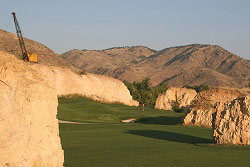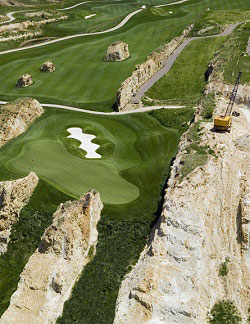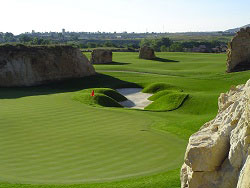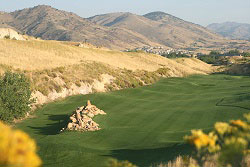Our Commitment
Summit Brick Company is committed to sustainability and the preservation of our environment. We are proud members of the United States Green Building Council (USGBC) and we run all of our operations with the goal of eliminating adverse environmental impacts. We work with the communities in which we operate to make sure we are good stewards of the environment, as well as exceeding all legislation, regulations, standards, and codes that are in place. Summit Brick makes a point to do business with other contractors and suppliers who have the same commitment we do. Our goal is to make the world a better place for future generations.
Masonry Products...Excellence in Sustainable Designs and the Environment
More and more communities, architects, and owners are requiring sustainable design as the world moves towards a “green” environment. With sustainability in mind, buildings are being constructed to have a small carbon footprint and to lessen the impact on the environment. Masonry is expected to have a very long-life expectancy (100 years +) and as it’s a durable building material, it has little to no maintenance. Clay is an abundant natural resource that can be found all over the world and is easily recycled. Almost all of today’s masonry contains recycled content and offers many sustainable attributes; including efficient mining and manufacturing, acoustical and fire resistance, low maintenance, durability, and energy efficiency.
If you would like more information on how we can assist you in designing your LEED project, please don’t hesitate to contact us. To download Western States Clay Products Association’s brochure on sustainable design, please click on this link for access to the PDF file.






Follow Us online, join our conversations, engage with our friends all over the US!